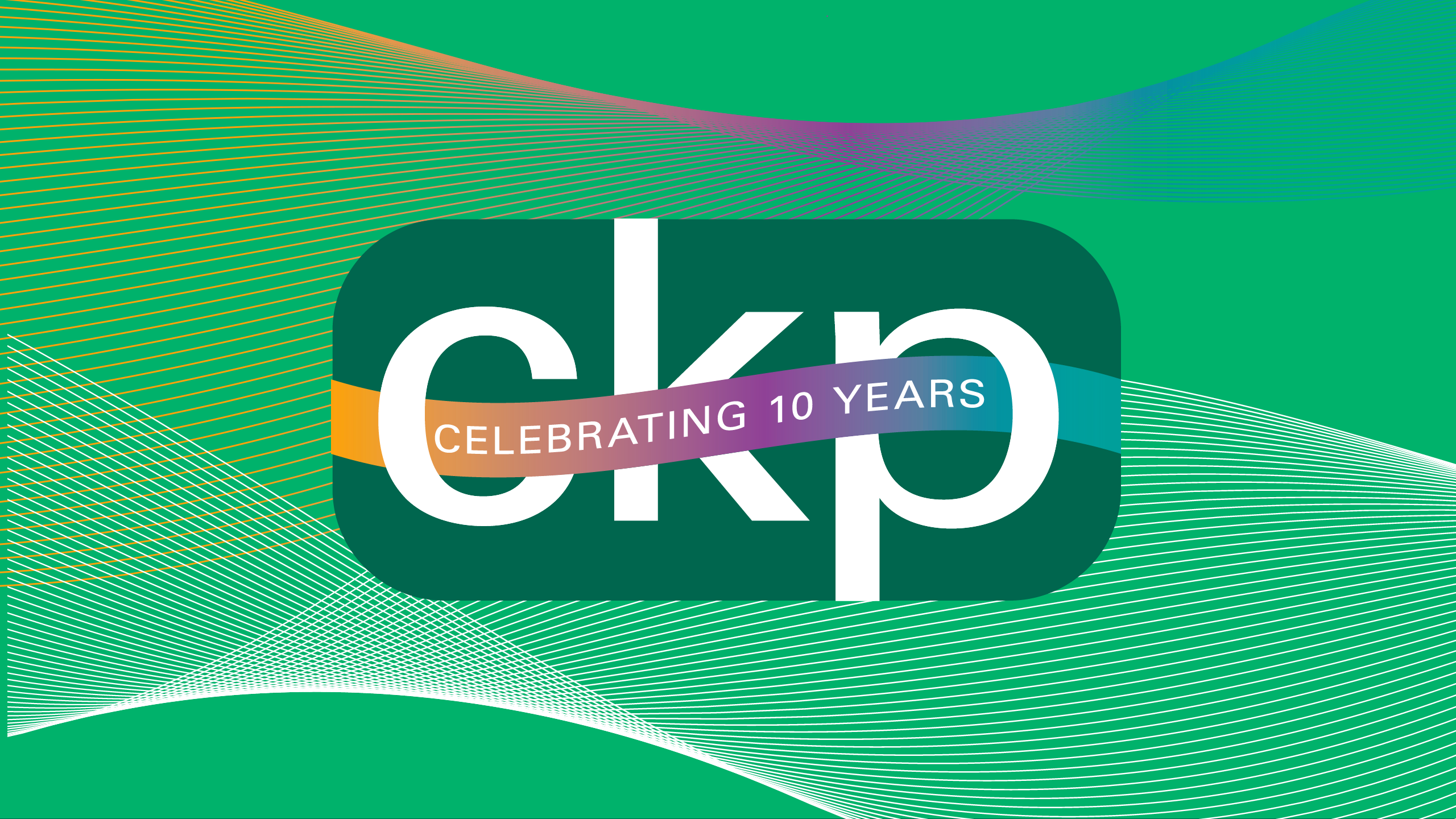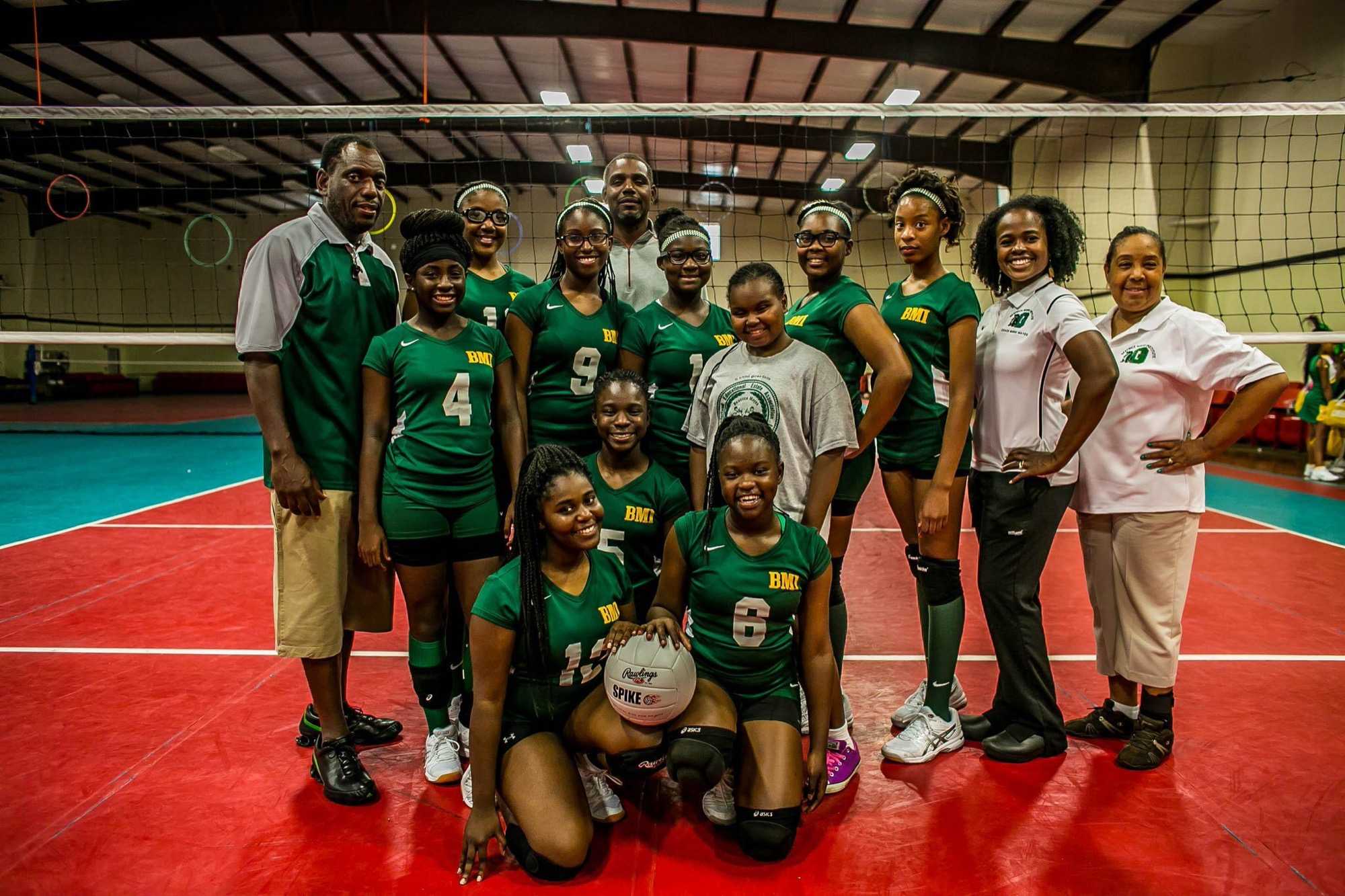What to do when your marketing and communications plans plateau or fail? Time for a brand audit

Routines are a good thing.
They help us stay on task, maximize productivity, and ensure our physical and mental wellbeing so we can achieve our personal and professional goals. Just as our wellness routines can lead to plateaus, our organization’s routines or action plans can also become stalled out and begin to fall short of their intended results.
If your conversions are stagnant or your nonprofit isn’t seeing results from your tried-and-true donor engagement practice, it’s time to review strategy and tactics. The goal of this exercise is to reveal areas of opportunity to connect with and stay relevant to the customers and constituents that matter most.
We call this a 360° Brand Audit.
It’s a process that delivers insights, allowing users to create an informed action plan to move the needle for any organization. The steps are applicable whether you’re a small business, a Fortune 500 company, or a nonprofit. It’s a crucial first step in any new communications plan because change without due diligence can often result in brands straying from their mission, cause, and values.
The benefits of a 360° Brand Audit are known as the Five A’s. The process allows you to:
- Act on authenticity
- Assert your unique value
- Articulate impact
- Activate integrated communications
- Analyze effectively
Let’s break this down further.
Act on authenticity
What are your true brand attributes? Is there a difference between what you say—or think you say—and what others understand about you? When you evaluate honestly your mission or company statement and all public-facing communications you have the ability to know if your stated brand attributes are authentic, organic, and proven over time. This is the foundation for compelling, passionate storytelling that creates connection.
Assert your unique value
Are your company’s key strengths and differentiators highlighted in the core brand story? Every organization or business should be able to highlight its features and offerings while differentiating itself from competitors or like organizations. These aspects should be integral to your organization’s identity to keep your unique value front and center—always.
Articulate impact
The first rule of engagement is: It’s not about you, it’s about your audience. While every organization can state its offerings, not every entity clearly and concisely articulates the benefit or value they provide to the end user. And that begins by understanding the needs and motivations of your target market.
Activate integrated communications
Integrated communications deliver greater results than the sum of their parts alone. An integrated approach to paid, earned, shared and owned media is the core of a strategic and holistic plan to activate a company’s brand narrative and build a stronger reputation. With so many communications platforms available, aligning content with the appropriate channel can bolster engagement, resonance and build a community of fans that will drive word of mouth.
Analyze effectively
The devil is in the analysis. A deep dive into bounce rate, session duration, search engine ranking, social media performance, and similar metrics can establish key performance indicators that inform whether you’re on the right track to meet your company’s goals. But metrics don’t tell the whole story, they simply help you identify whether you’re on right track or you need to course-correct. Achieving audience impact is the ultimate outcome.
In a nutshell, a Brand Audit evaluates your brand’s position and its reputation in the marketplace, clarifying the strengths that encourage ambassadorship while uncovering challenges and weaknesses that could erode brand resonance and lead to a decline in consumer trust.
When implemented holistically, a Brand Audit evaluates five areas:
- Brand Strategy: your existing brand values, promise, mission, and culture as a benchmark.
- Marketing and Communications Assets: how you communicate internally and externally to reinforce your values.
- Internal Brand Experience: measure what your internal audiences say about you, including key employee groups.
- Consumer Brand Experience: what your external audiences think and feel about you, including current customers, potential customers, influencers, and the media landscape that influences them.
- Competitor and Peer Analysis: compare and contrast similar players in other markets.
This research supports the creation of a strategic communications plan and key messaging alignment that are in concert with your goals and objectives and that resonate with your audience.
The process involves steps that could include:
- One-on-one interviews with stakeholders, employees, current clients, and potential clients
- Focus groups with key demographic groups
- Surveys and polling
- Analysis of historical social media conversations and trends
- Analysis of media coverage and sentiment trends
- Audit and analysis of select top level competitor/peer brand positioning
- Evaluation of internal and external brand materials and communications assets
- Review of data of owned and shared media channels
Here’s an example of the Brand Audit in action
Case Study: Wonderland Inc.
CKP was engaged by Wonderland Inc., the longest continuously operating African-American school in Houston, to conduct communications and brand research.
Wonderland Inc. schools are off-the-charts extraordinary: Within its network of parents, graduates, educators, and neighborhood, Wonderland Inc. is lauded as an organization that has achieved academic excellence and built character and confidence among its students, historically and predominantly Black and largely from underserved communities. And yet, despite top-ranking test scores, high college acceptance, and the example of many former students enjoying career success in multiple fields while making an impact in their communities, Wonderland was unknown in the larger Houston community. The need to tell the story of its unique place in Houston’s education landscape to a wider audience was essential for growth.
Here’s what CKP discovered:
How to act on authenticity
Wonderland Inc. possesses enviable brand attributes: Its schools are committed to excellence and character development. Wonderland is homegrown, results-oriented, academically successful, credible, family-oriented, trustworthy, inspirational, and culturally relevant. Wonderland had an opportunity to claim its legacy in the community.
And yet, Wonderland’s brand did not reflect the authentic spirit of the organization. Wonderland brands itself as “a premier education provider’” that creates a “powerful impact on the youths of the Houston community,” missing the opportunity to underscore what is true and authentic about its brand. Instead, Wonderland’s ‘truth’ could be articulated as “a school transforming the lives of Black students in the Third Ward and beyond through academic achievement honed in a rigorous, supportive and caring environment.”
CKP helped identify Wonderland’s true, authentic self, serving as the foundation for compelling, passionate storytelling.
How to assert your unique value
Wonderland’s strengths and differentiators were not present as the core brand story and identity.
- It is the oldest African-American school in Houston, educating the next generation of leaders, thinkers, and influential members of society
- The schools offer a safe learning environment that is judgement-free
- Students are taught to strive to achieve the impossible, even in the face of adversity
- Educators emphasize the value of self-confidence, a positive character, and solid ethical standards
- The mostly Black student body sees educators and administrators that look like them
- The organization values longevity, mastery, cultural pride and dedication, and is committed to teamwork
These core elements serve to develop and maintain consistent brand positioning for the organization and the schools. They clearly state how these attributes are related and who they serve.
How to articulate impact
Wonderland Inc. sought to develop relationships with new funders and deepen relationships with existing alumni, parents, and partners. The organization was poised to reach its full potential of service, and there was no better time to build upon and articulate the elements that differentiate and celebrate the brand.
While it was important to communicate what the organization is and does, it was more critical to emphasize what the organization enables students to achieve and the difference their students’ accomplishments make in improving their own communities.
How to activate integrated communications.
Before CKP’s analysis, Wonderland relied on social media channels and occasional Facebook advertising with limited success in reaching and making an impact among its target audiences.
To build a communications mix that would achieve greater results than the sum of its parts alone, CKP recommended that Wonderland:
- Add earned media to its plan, beginning with proactive outreach (including but not limited to press releases, pitching and media invitations to events) to targeted contacts and development of a digital press kit for any inbound inquiries.
- Continue to rely on Facebook advertising but refine targeted zip codes, interest lists, and demographics to use the channel efficiently, and augment paid media with Google Adwords and video ads on YouTube to build brand awareness, increase overall traffic to the website, and find additional engaged and targeted audiences.
- Rethink messaging on established shared media channels to use social copy to tell the story of Wonderland best. We tend to think social media needs to be all about brevity, but as a school Wonderland had the opportunity to share tidbits of knowledge with followers to become a source of information not only about its program but about African-American excellence, parenting, and education at large.
- Build on the success of owned media platforms. Wonderland’s website had a high average session duration, meaning that visitors were highly engaged with the website and found relevant and engaging content.
A multi-channel approach to Wonderland Inc.’s communication strategy aligned branding across paid, earned, shared, and owned media. By developing and implementing a strategic and cohesive plan, Wonderland had the framework in place to amplify impact and increase engagement.
How to analyze effectively
In the final step, CKP evaluated past performance of Wonderland marketing, branding, and communications initiatives, then determined key performance indicators and recommended proven tactics to accelerate future performance. For Wonderland, that meant monitoring demographic data, conversion rates, and other measurement instruments to better understand user behavior and the efficacy of its outreach efforts.
Ultimately, a 360° Brand Audit provided Wonderland the roadmap to elevate its brand, connect with its audiences and chart the way forward for the next 55 years of excellence.
More Blog Posts

Let’s be real—communication at work is kind of like a group chat. Some people over-share, some barely respond, and others...

Once upon a time, PR meant faxing a press release and hoping someone, somewhere, had paper in their machine. All...

Employee Appreciation Day, recognized on the first Friday in March, will be celebrated this year on March 7. It is...

1. The Power of Sustained Impression (Or: Stop Passing Out at First Dates) Let me tell you about a date...




